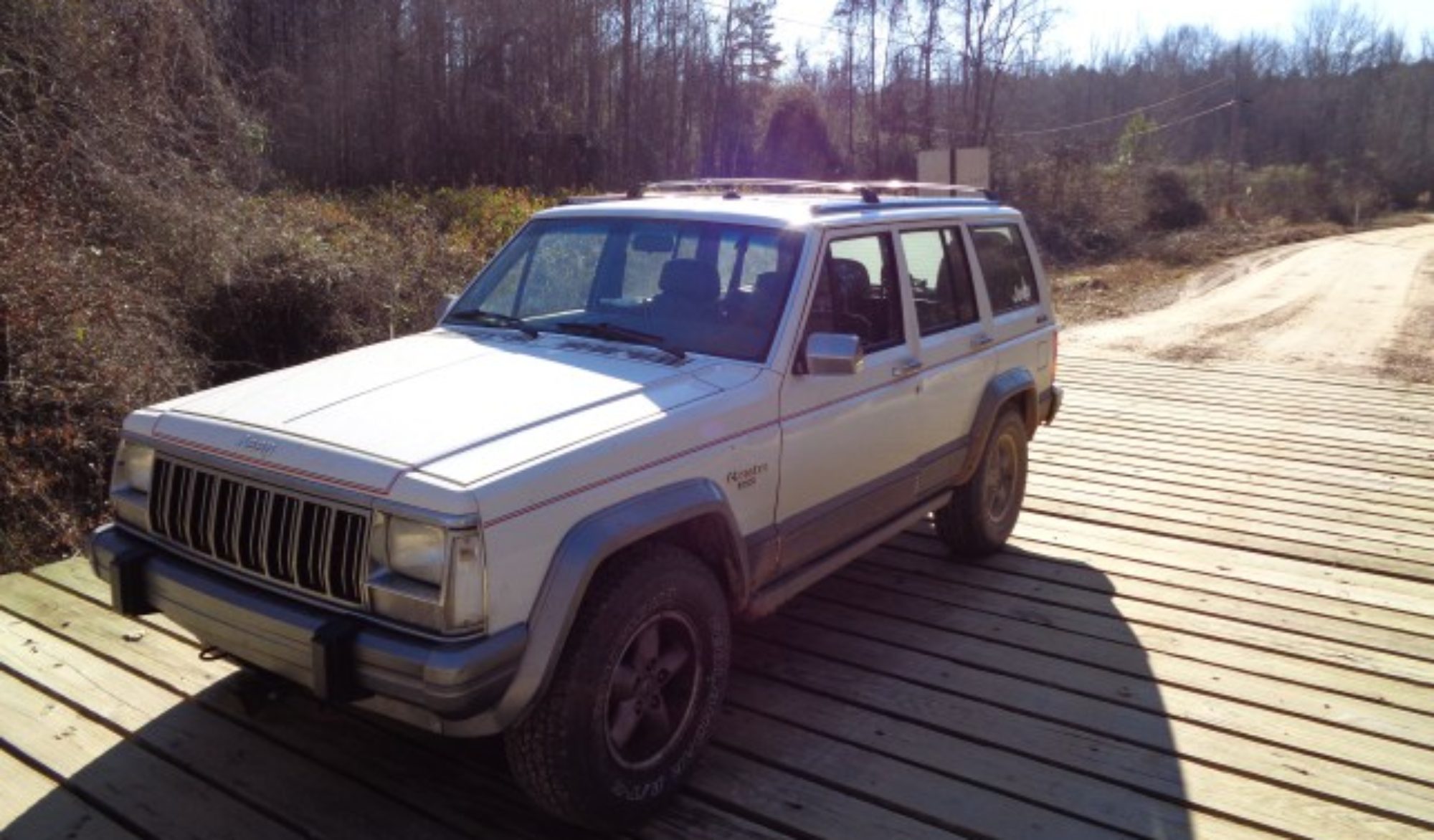How to remove and replace the front grill and header on a Jeep Cherokee
To remove the center section of the grill, simply remove the eight Phillips head screws that hold it in place. To replace, reinsert the screws. If you have some that will not tighten, the little plastic buttons may need to be replaced in the header.
To remove the entire header, you do not need to remove the center of the grill. You do however have to remove the corner parts of the grill and the side lights. Begin by removing the two long chrome screws that hold the side markers in place. Remove the bulb holder from the light by twisting it.
Next remove the four screws that hold the headlight surrounds to the header. On the early models there are multiple parts while on the mid years there is just one piece. Keep track of the different screws and where they go back.
Under each side grill pieces are two large nuts. They take a 13 mm socket to remove. There are also four more nuts under the hood that hold the header to the radiator support. These are usually 11 mm. Leave the Torx head ones alone.
Unplug the horns and gently separate the heard from the front of the Jeep. On the 84 and 85 models, there is an extra bolt right in the top corner of the fender. I have no idea how to access this bolt to turn it. I use a pry bar and gently pull the stud our of the fiberglass front and do not replace the bolt afterwards. The later model front ends don’t have this bolt even though the hole is in the fender.
Unplug the headlight harness on the lower part of the grill near the air box on the later years. Gently set the unit aside.
To reinstall, connect the wiring harness and set the unit in place. Adjust the fit of the header and tighten the four bolts under the outer grill pieces. One you are satisfied with the fit, install and tighten the four nuts under the hood.
Feed the side marker wire through the trim and install the trim using the proper screws. Install the side marker in bulb in the marker lens. Set the marker in place and install the two long chrome screws. Be careful not to over tighten these.
If the center section of the grill was removed, replace it as well.

